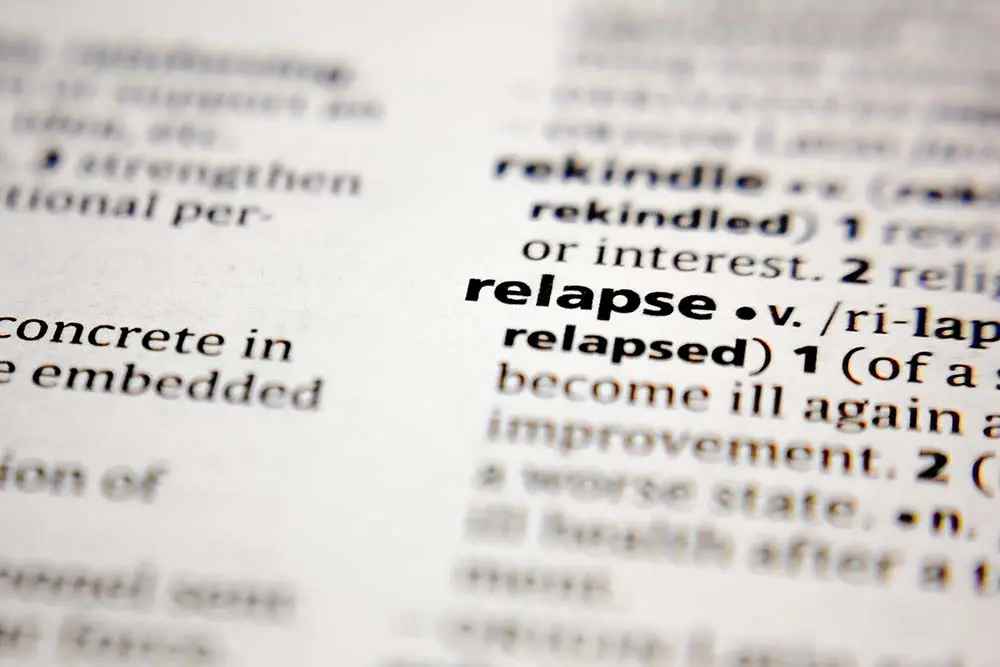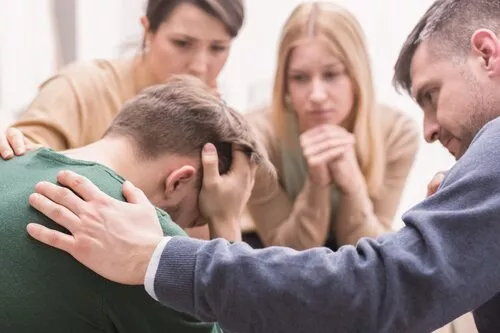It is almost always our first instinct to support our loved ones who are struggling in any way we can. Watching a loved one experiencing withdrawal from alcohol or drug use can be extremely difficult. While you want to encourage them to stay sober and keep fighting through recovery, it may be tough to watch them deal with possibly serious side effects.
Suddenly stopping substance use, involuntarily or voluntarily, can lead to withdrawal. Depending on the substance and severity of the addiction, withdrawal symptoms can be mild, moderate, severe, or potentially fatal. Withdrawal is especially high-risk for people with pre-existing medical conditions and pregnant women. In order to understand how to care for your loved one during this time, it is vital to be knowledgeable about what happens during withdrawal, the symptoms they are likely to experience, and how you can actively support them during this time.
For people who drink excessively, over time, the brain becomes used to the high level of alcohol being consumed. When the body’s level of alcohol suddenly drops, the brain becomes overstimulated, which causes uncomfortable physical and mental effects of withdrawal. Symptoms can begin within a few hours of a person’s last drink and usually peak around 72 hours after the last drink. The symptoms can include:
The most severe syndrome of alcohol withdrawal is delirium tremens, which develop due to sudden and severe changes in the central nervous system. Often referred to as the DTs, the symptoms usually begin within 48 to 96 hours after the last drink but, in some cases, may occur 7 to 10 days following the last time they consumed alcohol. After the initial onset, symptoms may worsen very quickly and can include the following:
Delirium tremens is the most severe withdrawal syndrome and could result in serious health problems or death if untreated. If a person develops any symptoms of delirium tremens, they should seek medical attention right away. If you are having trouble finding availability for an appointment, remember that many medical professionals are opting for telehealth service options. This makes seeking professional help more accessible to those who may be unable to leave the house or speak with a doctor in person.
Benzodiazepines are a group of medications that are central nervous system depressants. They treat anxiety, panic disorders, insomnia, and seizures. Often referred to as benzos, some of the most familiar brand names include Valium, Xanax, Ativan, and Klonopin.
This class of medication can be habit-forming, even when prescribed at therapeutic doses. The body can become physically dependent on the medication in as little as 30 days of use, which is why it is generally only prescribed for short-term use. As soon as physical dependency sets in, withdrawal can occur whenever a person reduces their dose or abruptly stops taking it altogether.
Depending on the specific benzodiazepine, the timeframe for experiencing withdrawal symptoms can begin in as little as 8 hours or as long as a week. With shorter-acting drugs like Xanax and Ativan, symptoms typically begin within 24 hours and peak after 72 hours. For longer-acting drugs like Klonopin and Valium, withdrawal usually begins within 48 hours to one week after the last dose. Because benzodiazepines work in the same part of the brain as alcohol, symptoms of benzo withdrawal are the same as alcohol withdrawal and can include:
Like alcohol withdrawal, the most severe form of benzo withdrawal is delirium tremens (see earlier in this article). DTS are more likely to develop in individuals who have become dependent on shorter-acting benzodiazepines like Xanax and Ativan but can also develop in those using longer-acting benzos. If a person develops any symptoms of delirium tremens due to benzodiazepine withdrawal, they should seek medical attention immediately.
Opioids are a class of drugs used to treat pain, which can be divided into two categories: opiates and synthetic opioids. Opiates originated from the opium poppy plant and include morphine, codeine, heroin, and opium. Synthetic opioids are prescription drugs manufactured in laboratories, like Oxycontin, Vicodin, and Dilaudid, but have similar effects to the drugs naturally derived from opium poppies.
Both categories of opioids can cause physical dependence and addiction. The longer a person takes opioids, the more their body needs to feel the same effects. If opioid usage is stopped suddenly, a person could begin to feel withdrawal symptoms within 24 hours of their last use, including:
As time progresses, symptoms may change and become more intense-feeling after the first day. They include:
To avoid developing severe withdrawal symptoms, an individual should gradually reduce the amount of the substance used, whether alcohol, benzodiazepines, or opioids. For example, if you typically drink a bottle of vodka daily, rather than stopping cold turkey, you would slowly reduce your drinking over several days — drinking ¾ of a bottle on day 1, half a bottle on the second day, and ¼ of the bottle on the third day.
While serious withdrawal symptoms require immediate medical attention, many milder symptoms can be treated at home with over-the-counter medicines or home remedies.
Ever since the pandemic, more at-home and online treatment options are being utilized every day. This makes treatment way more accessible to those who may be unable to leave the house, or who simply prefer remote treatment. These services include:
If you or someone you love is going through withdrawal, Eleanor Health is here to help. Check out our eBook, “How to Help a Loved One Struggling with Substance Use Disorder,” for information on addiction and how to best help someone experiencing it while
If you need help with your substance use disorder, we are here to help you build your confidence and momentum towards the future you want. We provide treatment services for adults with alcohol, opioid, and other substance use disorders. We are currently located in Florida, Louisiana, Massachusetts, North Carolina, New Jersey, Ohio, Texas, and Washington.
 Addiction Relapse: Why It Happens & How to Prevent It
Addiction Relapse: Why It Happens & How to Prevent It
 Alcoholism: A Family Disease – How Alcohol Addiction Affects Families
Alcoholism: A Family Disease – How Alcohol Addiction Affects Families
 5 Tips for Supporting People with Addiction During the Holidays
5 Tips for Supporting People with Addiction During the Holidays